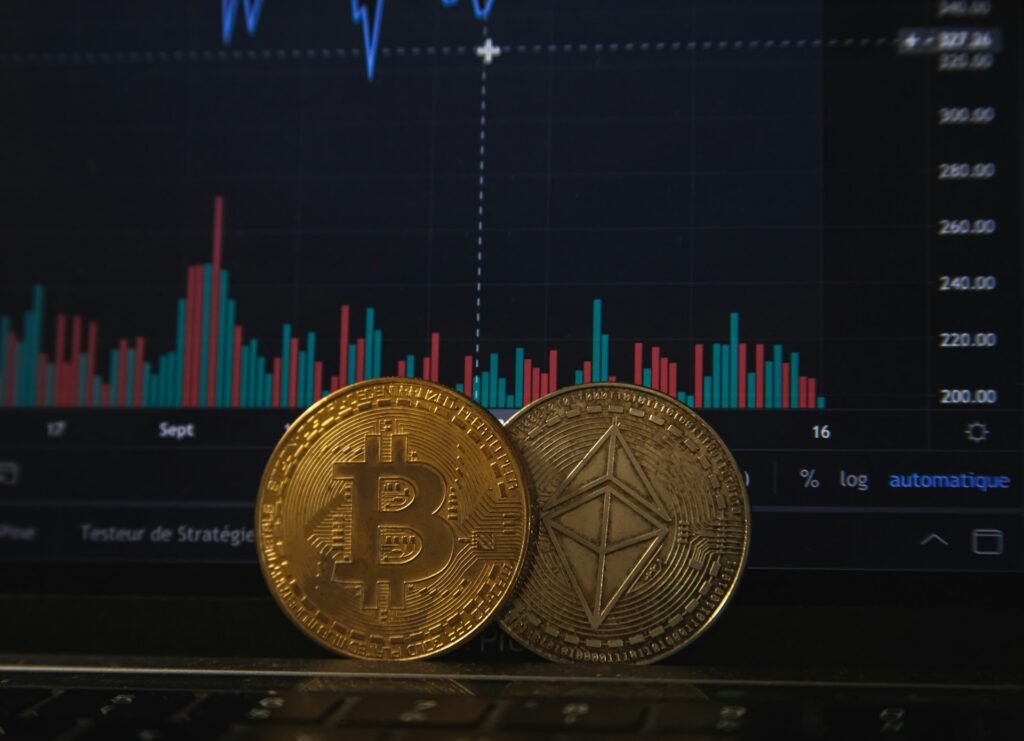
It’s 2025, and the crypto market is worth over $3.2 trillion. Students, civil servants, tech workers, and retirees diversify their savings, and nearly everyone has skin in the game. Still, the real winners are the exchanges, which quietly charge fees while traders bank on green candles. These platforms aren’t just matching trades, they’re data machines, fee factories, and marketing juggernauts. They monetize buys, emotional sells, and idle USDT using withdrawal charges, trading fees, and even behind-the-scenes deals.
Privacy has always been part of the crypto promise, alongside freedom and decentralization. By offering a sense of anonymity, exchanges give users exactly what they want: the freedom to move funds without feeling like they are being watched. Users want access and anonymity, two opposing gears grinding in the same machine. That’s why going for the best anonymous crypto wallet isn’t just smart, it’s non-negotiable. It’s how users enjoy sovereignty without sacrificing function.
The Engine: How the Business Model Works
At a glance, crypto exchanges just match buyers and sellers. A closer look reveals a turbocharged engine of incentives and control. Centralized exchanges (CEXs) like Binance or Kraken act like high-speed casinos: fast, flashy, and optimized for volume. The more you trade, the more they earn. It’s a flywheel. Liquidity attracts users, tightens spreads, and draws more users. They don’t just list tokens, they court them; more coins mean more volatility and more fees.
On the other side of the trading floor, decentralized exchanges (DEXs) cut middlemen and let smart contracts run the show. So, there are no tickets or support chats, but just wallets talking to wallets. Automated Market Makers (AMMs) like Uniswap use formulas to set prices. Liquidity comes from regular folks locking tokens into pools for a slice of the fees. Fees are cheap (0.05% to 0.3%), and no KYC means no one is asking for your ID. Trade speed, however, depends on how clogged the blockchain is. For those who’d rather trust code than a CEO, DEXs offer the raw, unfiltered version of crypto trading.
Revenue Streams That Keep the Lights On
First: trading fees. In 2024, Coinbase reported $4 billion in transaction fee revenue. Most exchanges take a small cut (0.1% or less) but scaled across millions of users, resulting to billions in daily volume. Then there are listing fees. Although in many cases not made public, token teams have spent as much as a million dollars simply to get listed. With staking services, where users deposit their tokens to receive a yield, exchanges take their commission. In some platforms, users earn 4% annual percentage yield (APY) with the rest going to the exchange. Futures and leveraged products are goldmines, but are packed with legal and liquidity risks. Even withdrawals come with a built-in fee. It’s nothing dramatic per transaction, but stack it across a global user base, and you would have gotten a steady profit stream.
Bull Market vs Bear Market Profitability
Exchanges thrive on movement. Bull markets bring new users, frantic buying, and massive volume. In bear markets, volume plummets, retail leaves, while overhead costs (engineers, security, legal teams, servers) remain. In 2022, amid the crypto downturn, Coinbase laid off 1,100 workers. Kraken slashed 30% of its workforce. Binance, however, kept hiring and bought struggling crypto firms.
During a downturn, exchanges don’t sit still. They launch flashy new tokens, widen fee spreads, and push staking products harder. If trading slows, they find other ways to make traders spend.
The Shadow Margin: Hidden Revenue Tactics
What you see isn’t always what you pay. Spread capture is one trick where exchanges quote a buy-and-sell price and pocket the gap. It is common in ‘1-click’ trades aimed at beginners. User float is another: your idle funds might be lent to market makers, staked, or deployed in margin lending. Then there’s token launch self-dealing where exchanges get pre-mined tokens, list them, and profit massively when prices spike.
Premium API access gives high-frequency traders an edge over regular traders via faster data, better execution, and early access to market shifts. Even the main platform’s interface gets monetized as new tokens pay for banner space, email blasts, and tutorials. It’s all legal, but not always visible.
Infrastructure & Market Makers
Exchanges are tech companies in fintech armor. Matching engines, wallet services, and latency wars make up the backend warfare. Hot wallets enable fast withdrawals but are riskier. Cold storage is safer but slower. Exchanges juggle both to stay quick and secure. Then come the market makers. These institutions constantly place buy and sell orders to keep markets liquid. They profit from the bid-ask spread. Some operate independently, while others are backed or favored by the exchange. Without them, trades can stall. With them, everything feels instant.
Regulation, Lawsuits & The Game of Compliance
In 2023, the US Securities and Exchange Commission (SEC) sued Coinbase over unregistered securities and charged Binance with market manipulation and misuse of funds. These cases sent shockwaves across the entire crypto space. Meanwhile, Europe responded with MiCA, a more structured and consistent framework.
Many exchanges avoid regions with strong oversight, like the US or parts of the EU. They instead park themselves in looser jurisdictions (Seychelles, Cayman Islands, the UAE) where the rules are lighter. Compliance isn’t just legal housekeeping anymore. It’s a competitive edge or a ticking bomb.
 Using global segmentation to grow a business (PDF)
Using global segmentation to grow a business (PDF)  Adding value through health and safety (MP3)
Adding value through health and safety (MP3) 